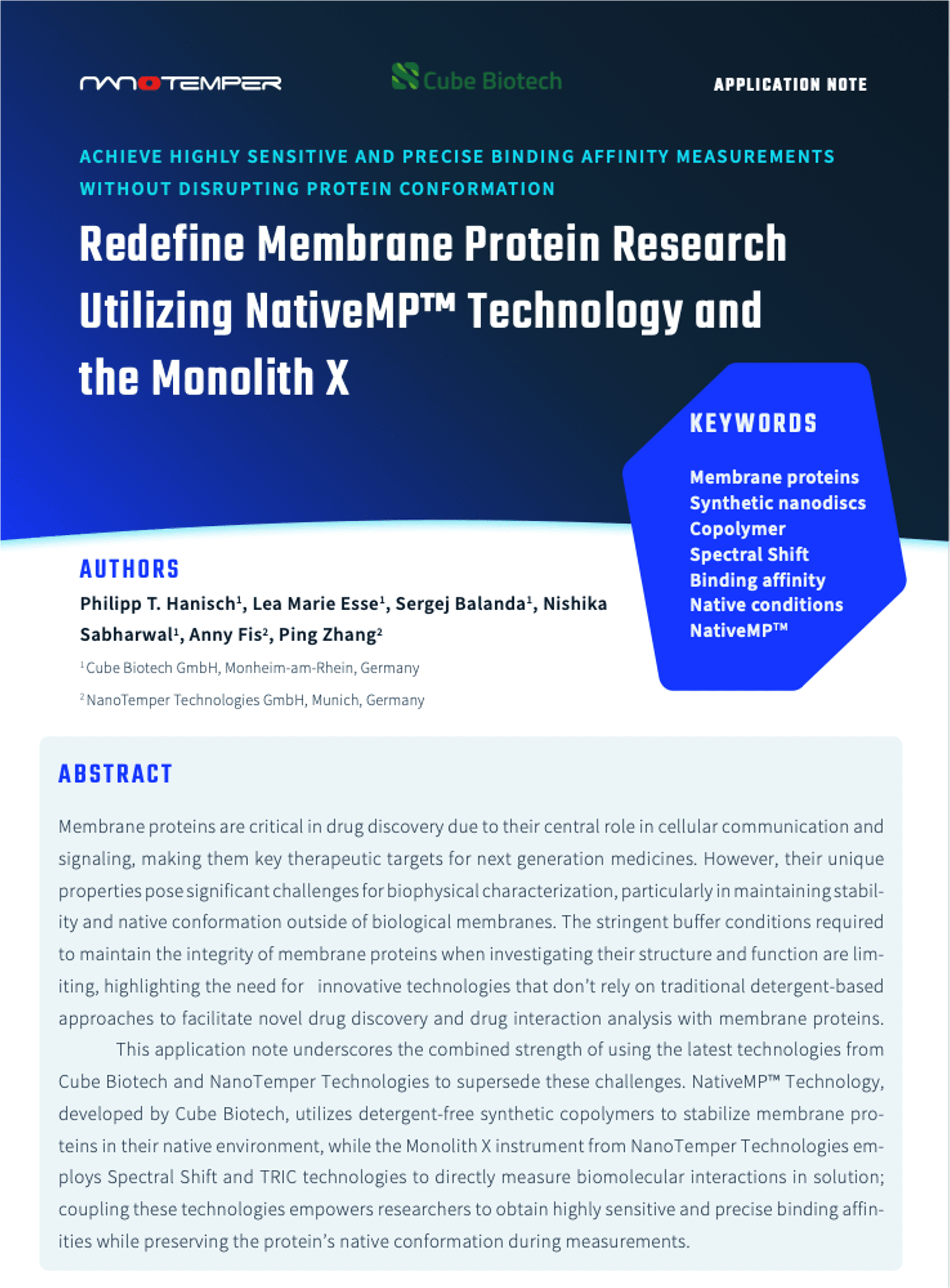Weixiao Y. Wahlgren, Elin Dunevall, Rachel A. North, Aviv Paz, Mariafrancesca Scalise, Paola Bisignano, Johan Bengtsson-Palme, Parveen Goyal, Elin Claesson, Rhawnie Caing-Carlsson, Rebecka Andersson, Konstantinos Beis, Ulf J. Nilsson, Anne Farewell, Lorena Pochini, Cesare Indiveri, Michael Grabe, Renwick C. J. Dobson, Jeff Abramson, S. Ramaswamy & Rosmarie Friemann
Nature Communications
2018 vol: 9 article number: 1753 doi: 10.1038/s41467-018-04045-7
Abstract
Many pathogenic bacteria utilise sialic acids as an energy source or use them as an external coating to evade immune detection. As such, bacteria that colonise sialylated environments deploy specific transporters to mediate import of scavenged sialic acids. Here, we report a substrate-bound 1.95 Å resolution structure and subsequent characterisation of SiaT, a sialic acid transporter from Proteus mirabilis. SiaT is a secondary active transporter of the sodium solute symporter (SSS) family, which use Na+ gradients to drive the uptake of extracellular substrates. SiaT adopts the LeuT-fold and is in an outward-open conformation in complex with the sialic acid N-acetylneuraminic acid and two Na+ ions. One Na+ binds to the conserved Na2 site, while the second Na+ binds to a new position, termed Na3, which is conserved in many SSS family members. Functional and molecular dynamics studies validate the substrate-binding site and demonstrate that both Na+ sites regulate N-acetylneuraminic acid transport.
Topics: Antimicrobials, Glycobiology, Medicinal chemistry, Molecular biophysics, X-ray crystallography, Monolith – MicroScale Thermophoresis, MST, Proteins, Publications












